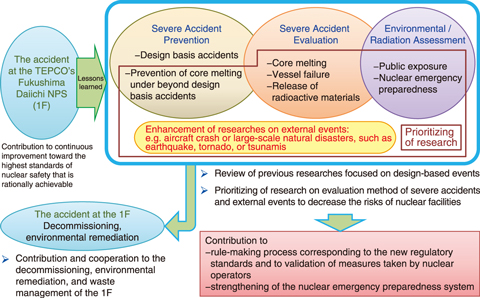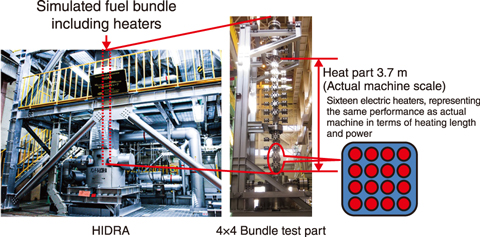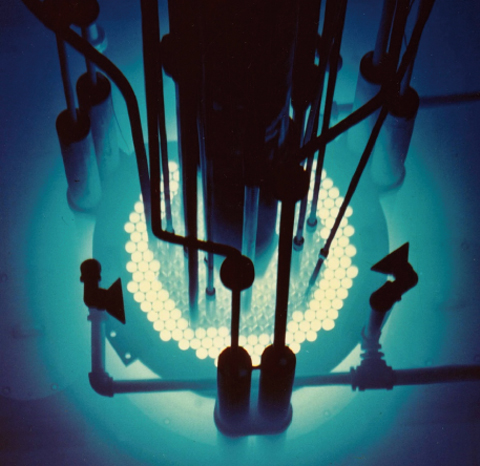
Fig.2-1 Directions of activities at the Sector of Nuclear Safety Research and Emergency Preparedness

Fig.2-2 High pressure thermal-hydraulic loop (HIDRA)

Fig.2-3 Nuclear safety research reactor (NSRR)
The Sector of Nuclear Safety Research and Emergency Preparedness aims to perform advanced safety research from a long-term viewpoint to provide a technical basis for nuclear safety assessments through calculations, experiments, and measurement techniques, as well as technical support for nuclear regulatory authorities. These efforts contribute to the development of safety criteria and/or guidance, and supports to update safety regulations with continuous improvement of safety.
Our previous research focused on design basis events before the accident at the TEPCO’s Fukushima Daiichi NPS (1F) was carefully reviewed in accordance with the lessons learned from the accident, as shown in Fig.2-1. To reduce the risks associated with operating nuclear facilities and its uncertainties, a variety of research activities, such as the prevention and mitigation during the progression of severe accidents, the assessment of external events, preparation for and in response to emergency situations, and nuclear criticality safety assessment of fuel debris related to the 1F accident, have been expanded and prioritized.
Large-scale facilities have thus been constructed thanks to external funding. For example, the high pressure thermal-hydraulic loop (HIDRA) shown in Fig.2-2 was constructed under contract with the Nuclear Regulation Authority, and has since been used to develop further sophisticated evaluation techniques for the core heat transfer. The Nuclear Safety Research Reactor (NSRR) shown in Fig.2-3, has been used to investigate the fuel failure limit, and the effect of fuel failure on the nuclear reactor during reactivity-initiated accidents (RIAs), which is a design-basis accident used to evaluate the safety of a nuclear reactor. To improve the safety of light-water reactors, we are also playing a role of the operating agent at the OECD/NEA project of “Analysis of Information from Reactor Buildings and Containment Vessels of Fukushima Daiichi NPS (ARC-F)”. In addition, several studies on material degradation, structural integrity of components important for safety, and ultra-trace analysis of nuclear materials for nuclear safeguards, among others, have been performed.
To investigate emergency preparedness, the effectiveness of radiation protection countermeasures of shelters has been evaluated, as has the performance level required for nuclear emergency response materials/equipment. Moreover, techniques to integrate monitoring data obtained by different methods and to investigate radioactivity distributions in coastal regions around 1F are under development. Domestic nuclear power plants are now monitored for background activity in preparation for nuclear emergencies.
This chapter presents the results of recent research on the following topics: Measurement technique for evaluating reactor core cooling performance under severe thermal-hydraulic condition (Topic 2-1), Mechanical properties of fuel cladding under RIA conditions (Topic 2-2), Environmentally assisted cracking of stainless steel under BWR primary coolant condition (Topic 2-3), Risk evaluation considering large aftershock (Topic 2-4), Clogging behavior of a HEPA filter during the solvent fire at a reprocessing facility (Topic 2-5), and Emergency monitoring technique using aircraft (Topic 2-6).
Moreover, three topics related to the analysis of accident sequences in units 1 to 3 in 1F (Topic 1-8), the temporal change of radioactivity distribution for five years after the 1F accident (Topic 1-17), and the estimation of exposure dose for residents after 1F accident (Topic 1-18) are described in Chapter 1.